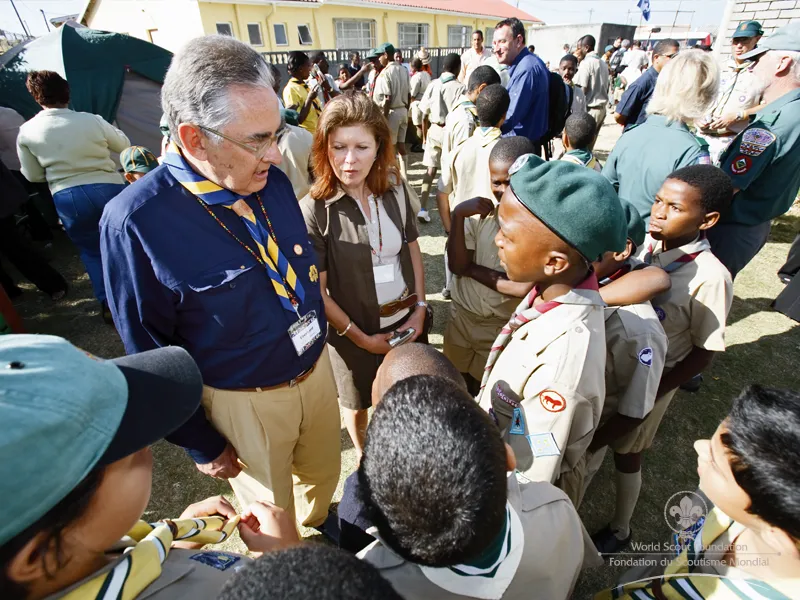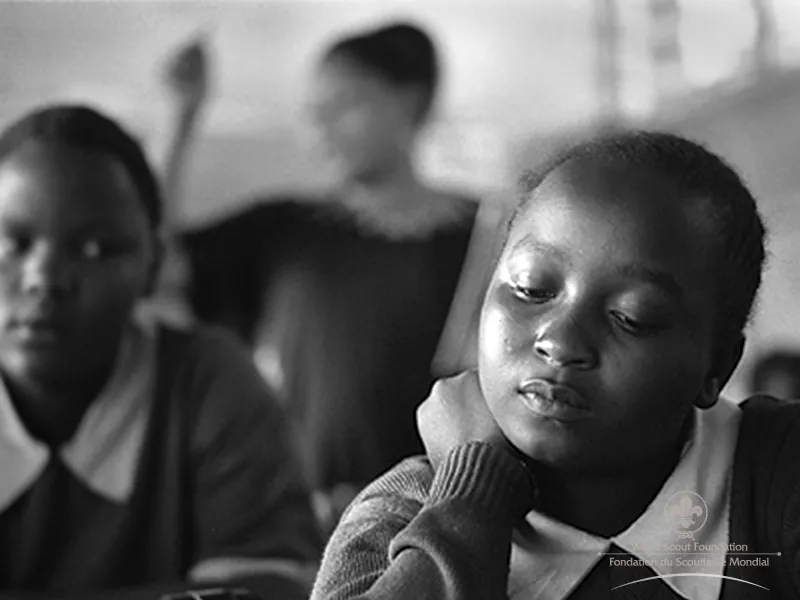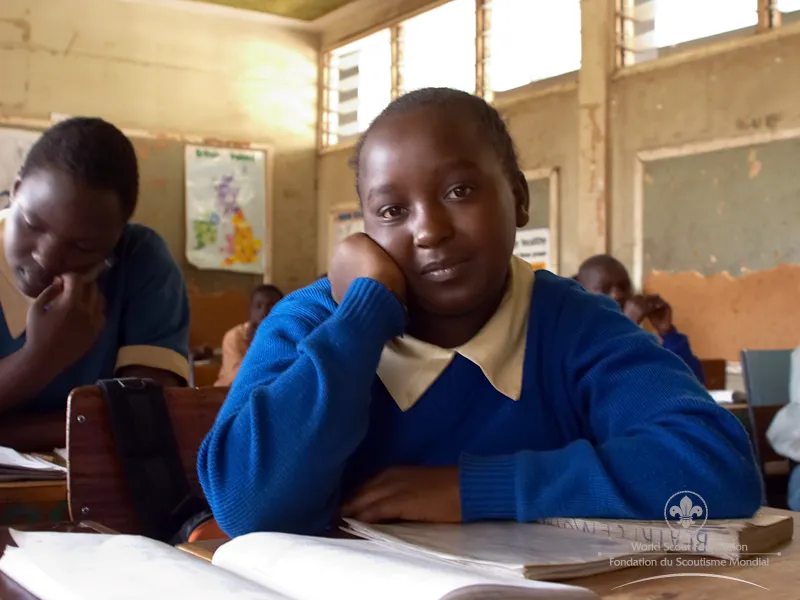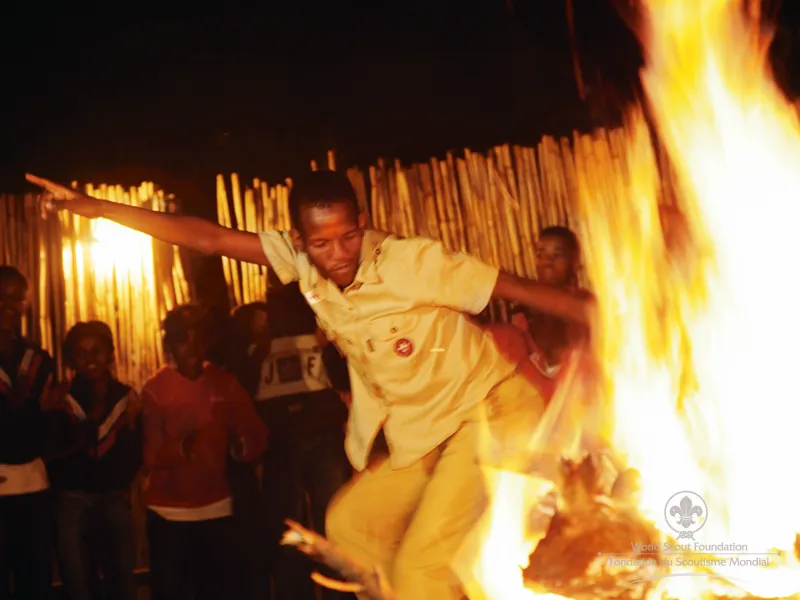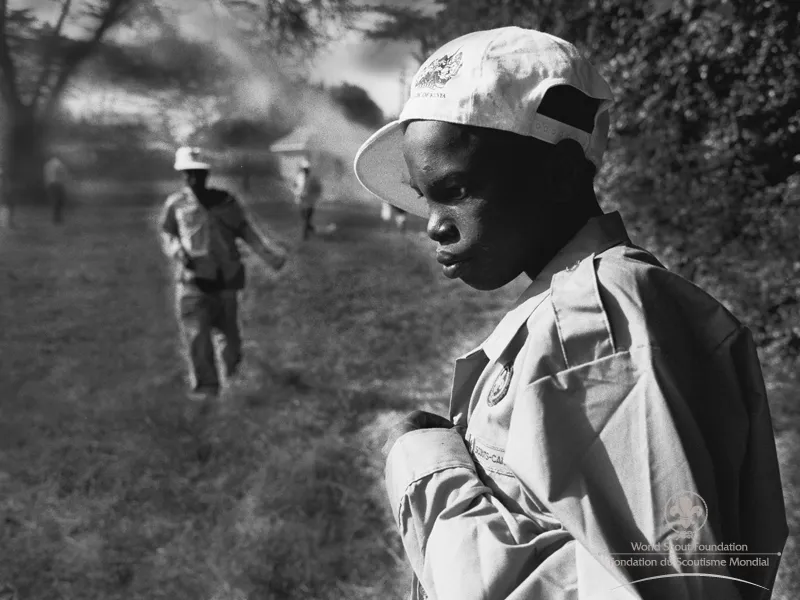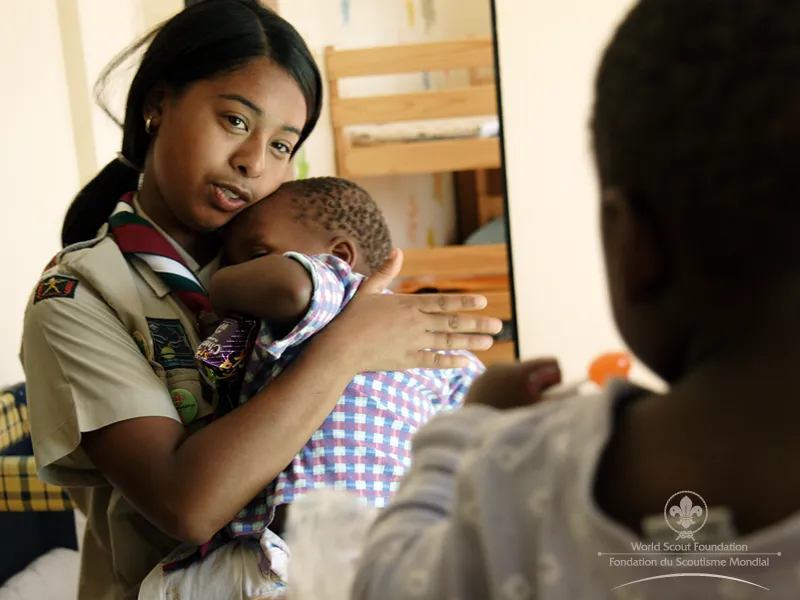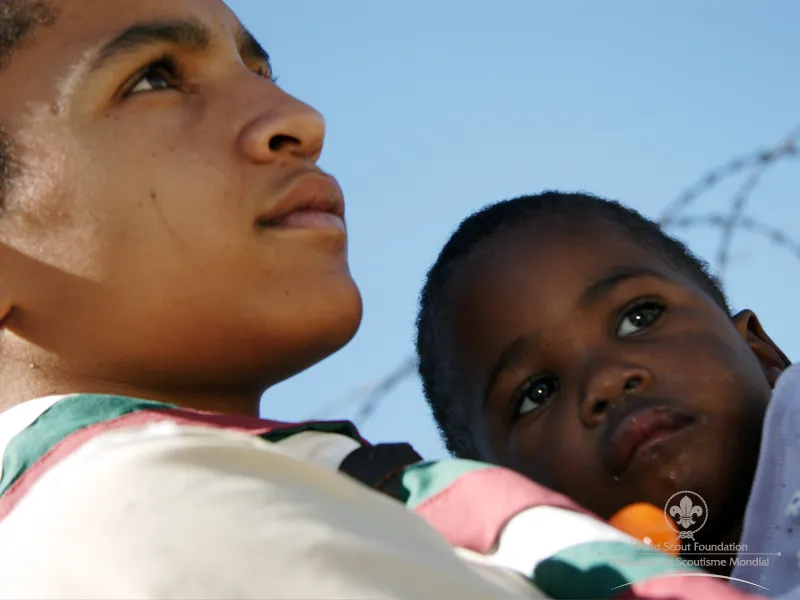HIV/AIDS
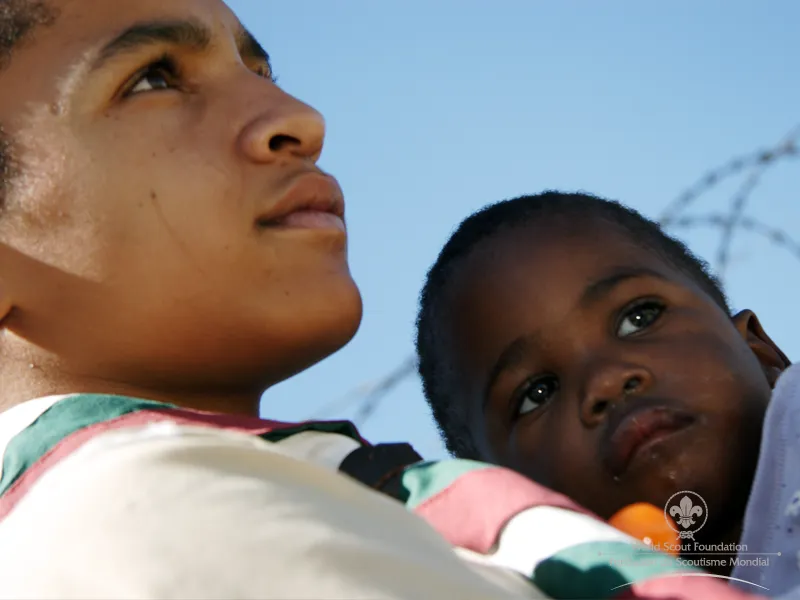
The ravaging impact of HIV/AIDS, affecting more than 22 million people in Sub Saharan Africa, is well documented. Less well known is the work of Scouts throughout the continent who are engaged in projects and programmes to minimise infection and to help families and communities struggling with the disease. Especially as the traditional family support network, already affected by endemic poverty, is stretched to breaking point.
The Victim -Nekesa
“When my father died and my mother got sick, there was no place to go” says Nekesa. “My grandmother was already taking care of my cousins and there was nobody else! So when I came with my brother, Peter to the Kenyata Market area we were on our own. We could sometimes find work there carrying goods for the stall-holders and some people even gave us food or money. But life is tough there – some men wanted to have sex with me, but my brother and his friends stopped them. That made me very frightened. My brother became very popular within the gang that we lived with and they helped a lot. One day, my brother was approached by a Scout leader called Inguru and some boys from the Scouts. That day changed our lives. The Scouts invited us to the Magiwa School where we were able to wash and get some clean clothes – we were very dirty! They found the money for us to go to school and even got some training for my brother to learn tailoring – he’s very smart! Now we live in a wonderful place in Kibera. It’s still in the slum, but it’s our place. I go to school every day and my brother earns money from tailoring – the Scouts got him a sewing machine! We meet once a week with the other street Scouts in Kenyata market – we put on our uniforms and we’re so proud - it’s like we’re living in another world now – thanks to the Scouts!”
The Scout - Jacob’s Story
A Scout sings and dances at a campfire … this image is timeless … he is in a special world away from his regular surroundings … behind him is darkness and the unknown. Around him are his Scout friends, and in front is a warm and welcoming fire … he sings, he jokes, he dances … he builds his confidence, he is among friends who join him … he can be anything he wants here, he is anything he wants to be! This could be any year since the founding of Scouting in 1907. It could be any place in the 155 countries where Scouting has taken root, and this young man could be any one of the 28 million young men or women in Scouting today, or any of the 500 million who have worn a Scout uniform in the last 100 years. This particular young man is Jacob, a 16-year-old Scout, running a course on HIV/AIDS for children from a deprived community near Mafikeng, in South Africa, one hundred years after Scouting started. Jacob and his fellow Scouts lead a class of 30 children, aged between 9 and 12 years, most of their students are AIDS orphans, and Jacob uses the campfire to build a sense of trust among his students and to help these children believe that change is possible … the children sing, dance, grow … and believe! Jacob and the other Scouts (aged 14 to 17 years) are now the “older generation” in the fight against HIV infection in South Africa … their job is to instil in the “younger generation” a sense of hope for the future, a confidence that responsible behaviour is OK, and a belief that their own actions can help them grow up safely. As Jacob says, “We are making a gift to future generations in Africa – so that they will live without AIDS.” The campfire scene is timeless, and the work that Jacob and other Scouts are doing is timeless too. Like generations of Scouts before them, they have developed leadership skills, and like the Scouts before them, they want to use these skills to change their world! And guess what? They will succeed!
And – Thina’s Scout Story told by Charlotte and Eberhard von Koerber.
Charlotte and Eberhard von Koerber, long-time supporters of Scouting, are very familiar with South Africa – but meeting Thina and his troop in Gugulethu was an eye-opener for them. “They (Thina and his fellow Scouts) are well ahead of many organizations in South Africa today with their work with HIV/AIDS. As peer educators, they work with young people of their own age, and teach them about positive behaviour and action which will keep them safe from infection,” Eberhard reports. “The results are impressive – independent evaluations commissioned by donors show this – these Scouts are leading the field. But listening to Thina and his friends, it is clear to see why these young people are so successful! They have real energy and motivation – they are inspiring – and are clearly wonderful role models for their peers. They really do provide the hope that is necessary in the fight against HIV/AIDS.” ”And what is really impressive,” adds Charlotte, ”is their genuine concern for children already affected by the scourge of AIDS. To hear these young people talk is awe-inspiring. They are tackling taboos which go to the very heart of South African society today…they are helping young people orphaned by AIDS to integrate into their community…and HIV positive kids are welcomed into their Scout groups – without discrimination. Given the attitude of many in their communities, these Scouts are extremely brave.” “Maybe it’s because Scouting in South Africa has, over the years, led the way in combating racial discrimination within its membership that these young people have been empowered to take this stand – or maybe, like Scouts in the other 110 countries where Gifts for Peace programmes are in operation, it’s their Scout training that spurs them on to take action. But it is plain to see, through Scouting, these young men and women have learned how to exercise genuine leadership – you can see that this Movement has had a really positive impact on their young lives,” said Eberhard.

